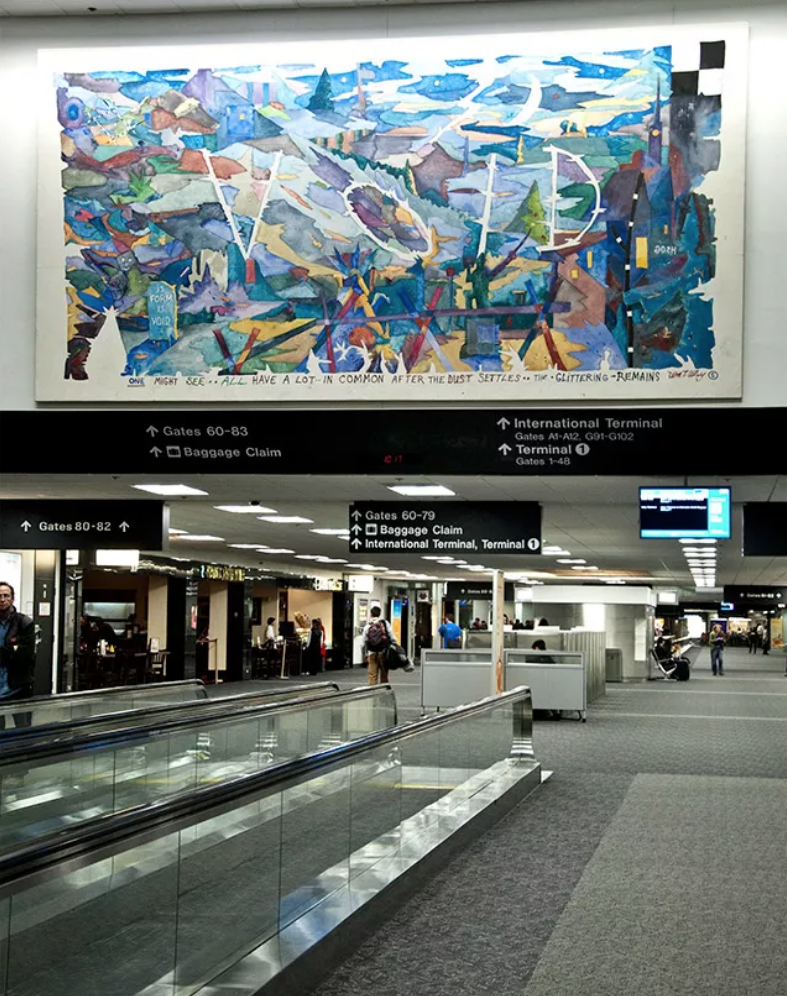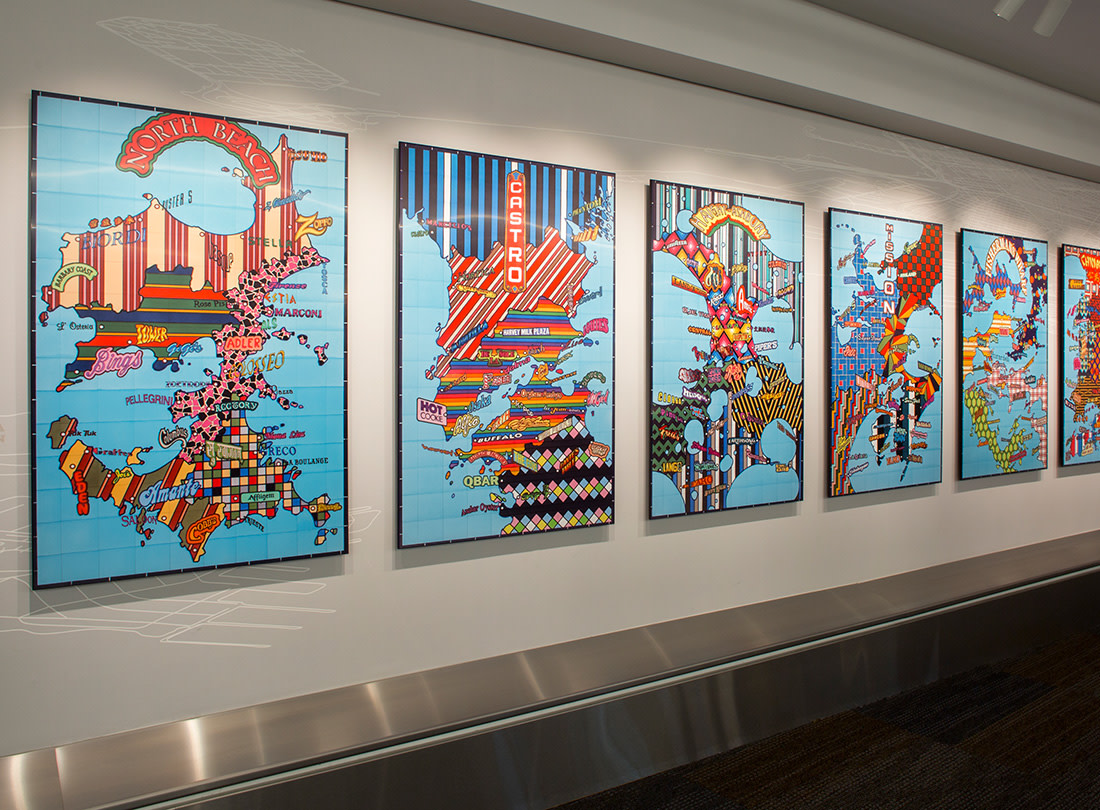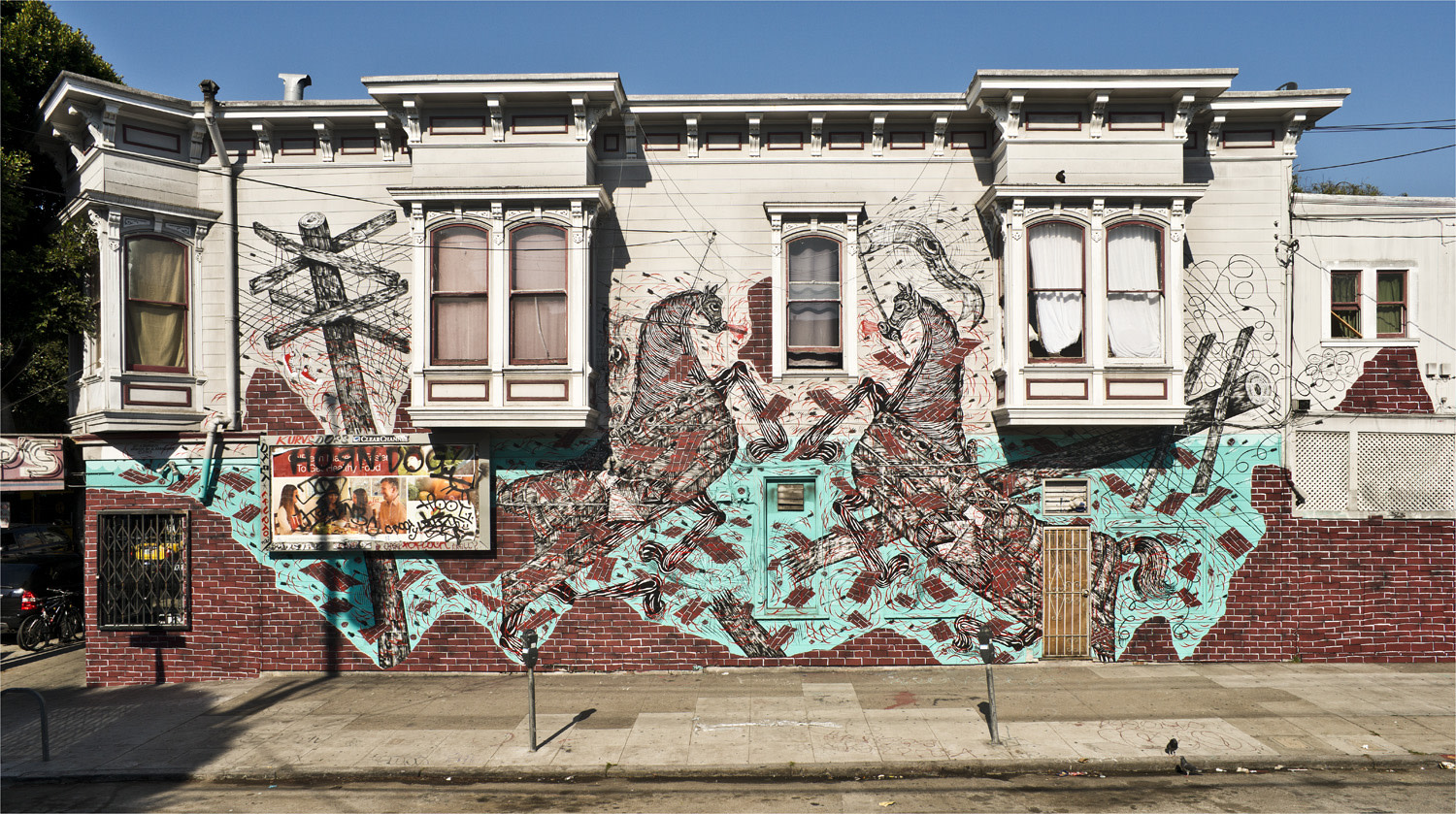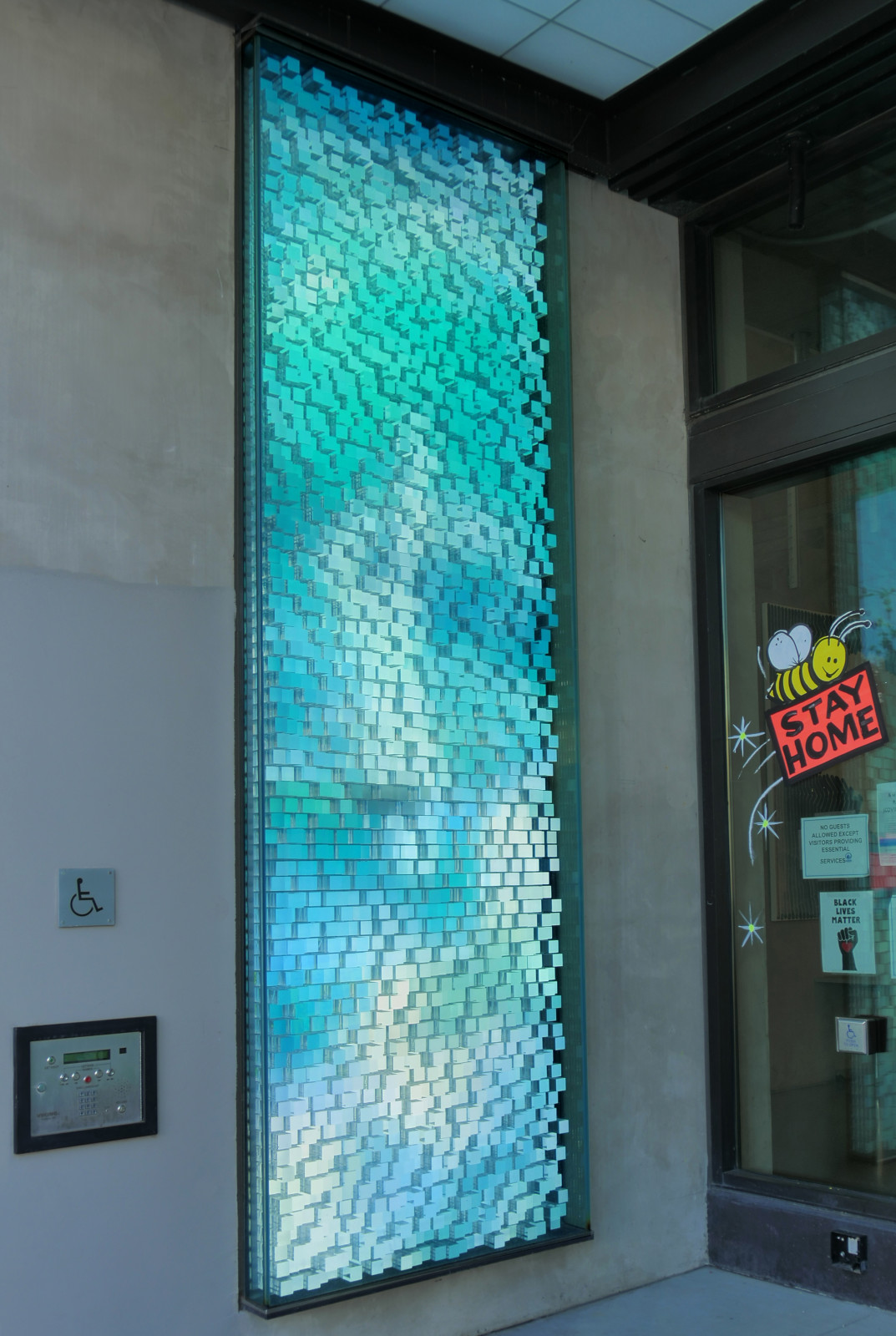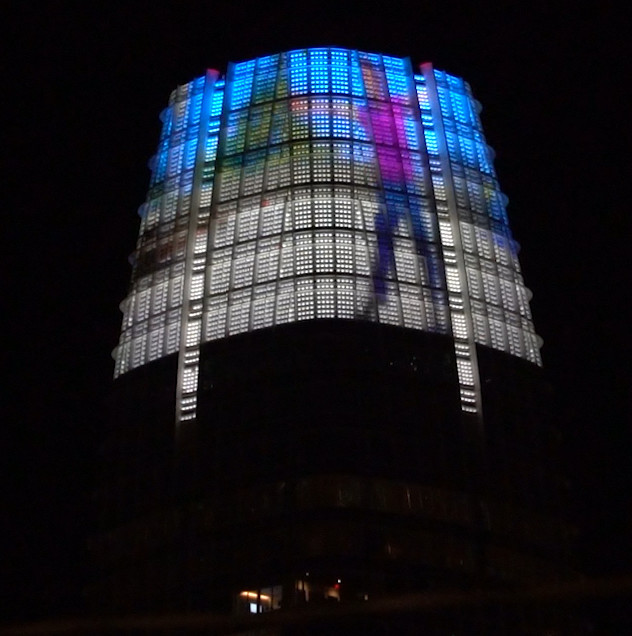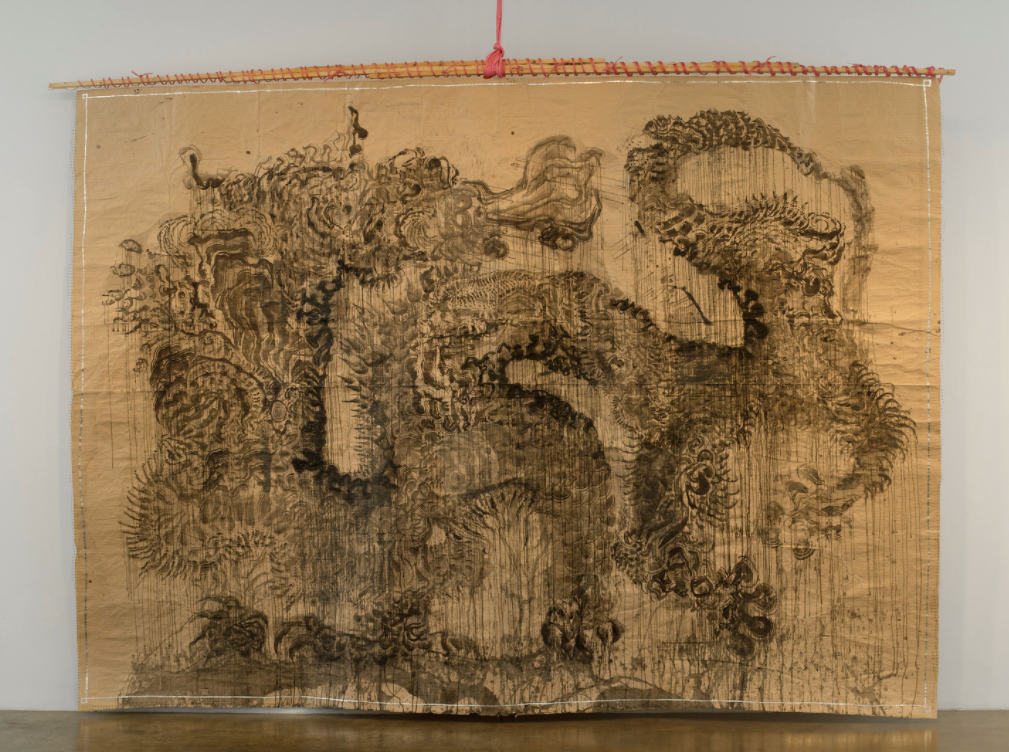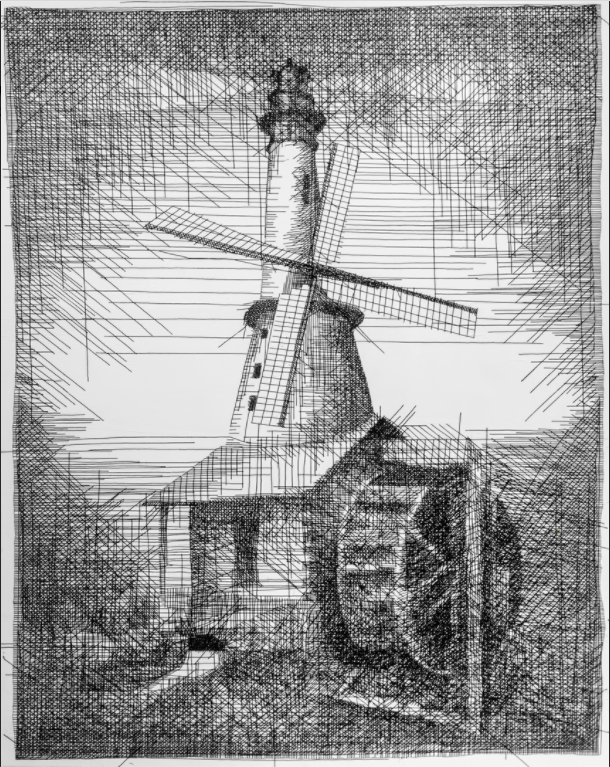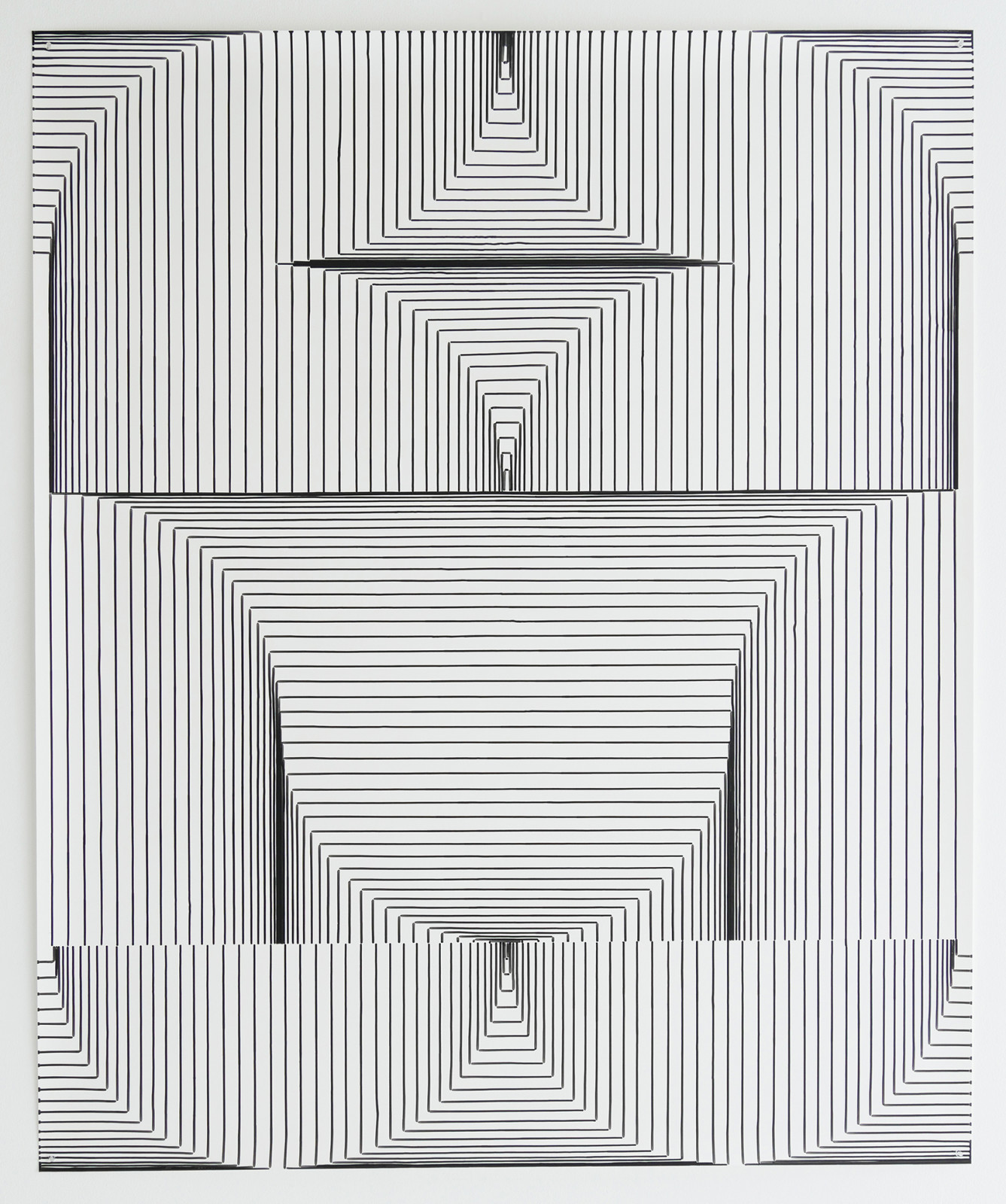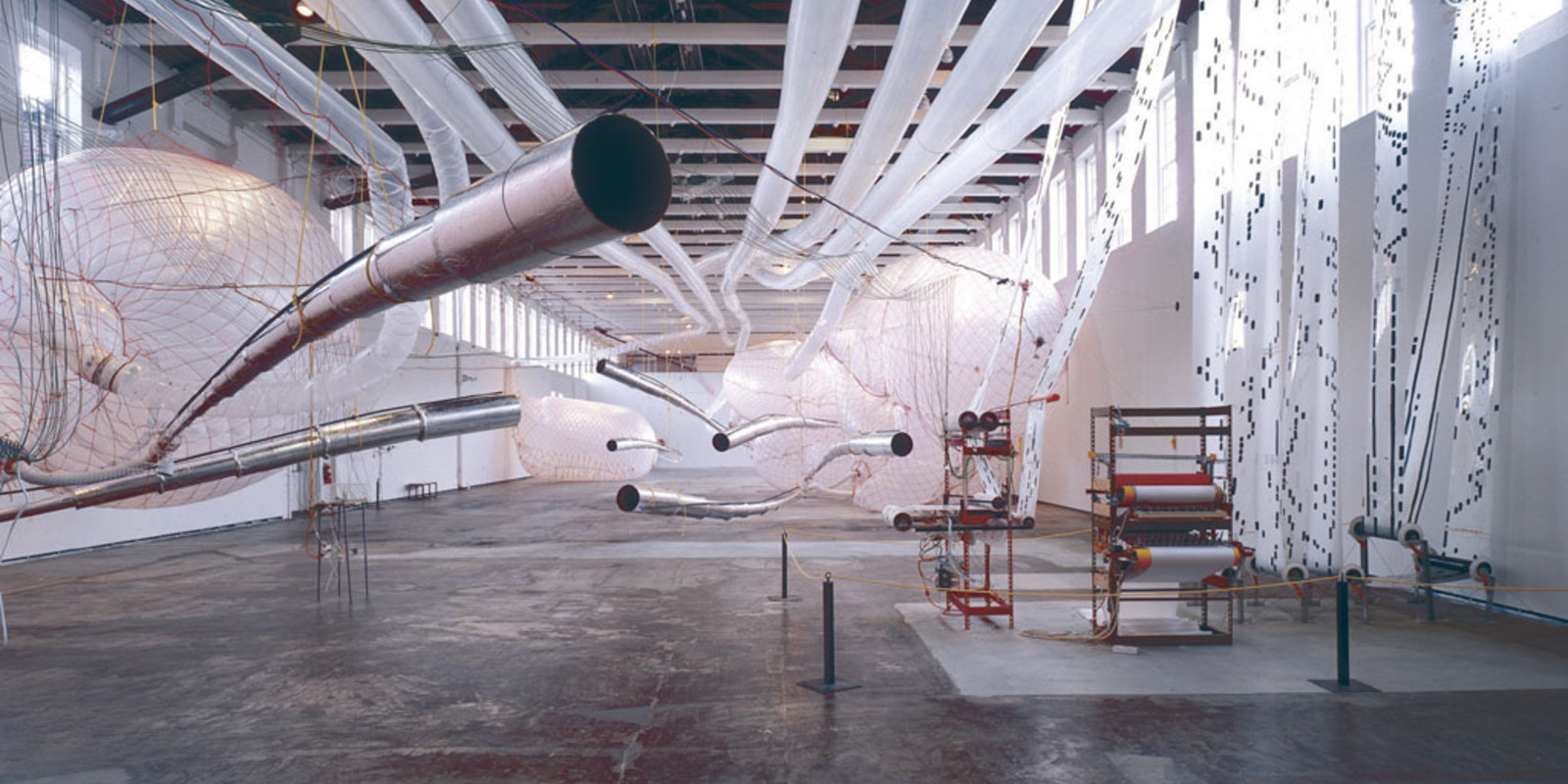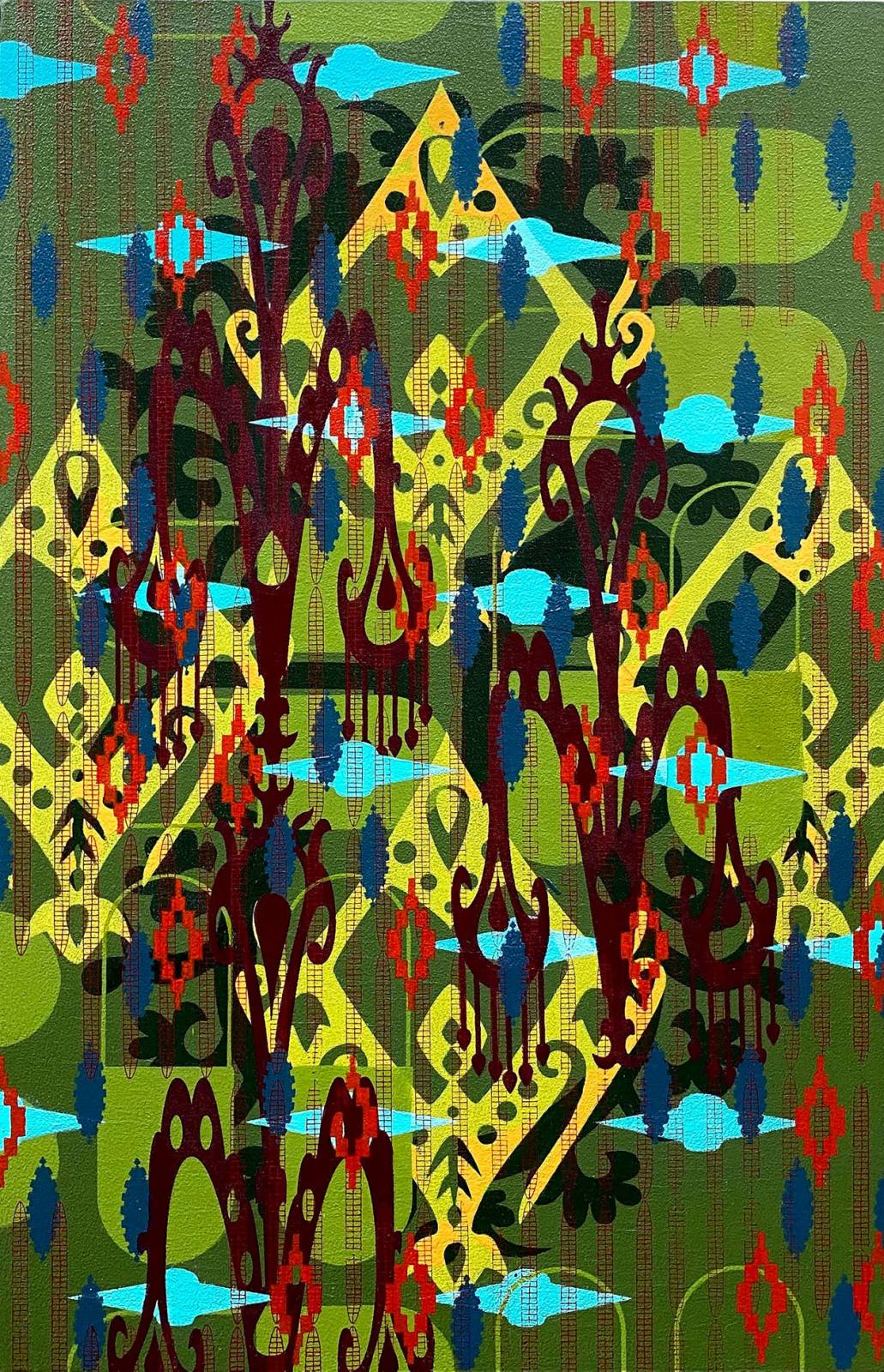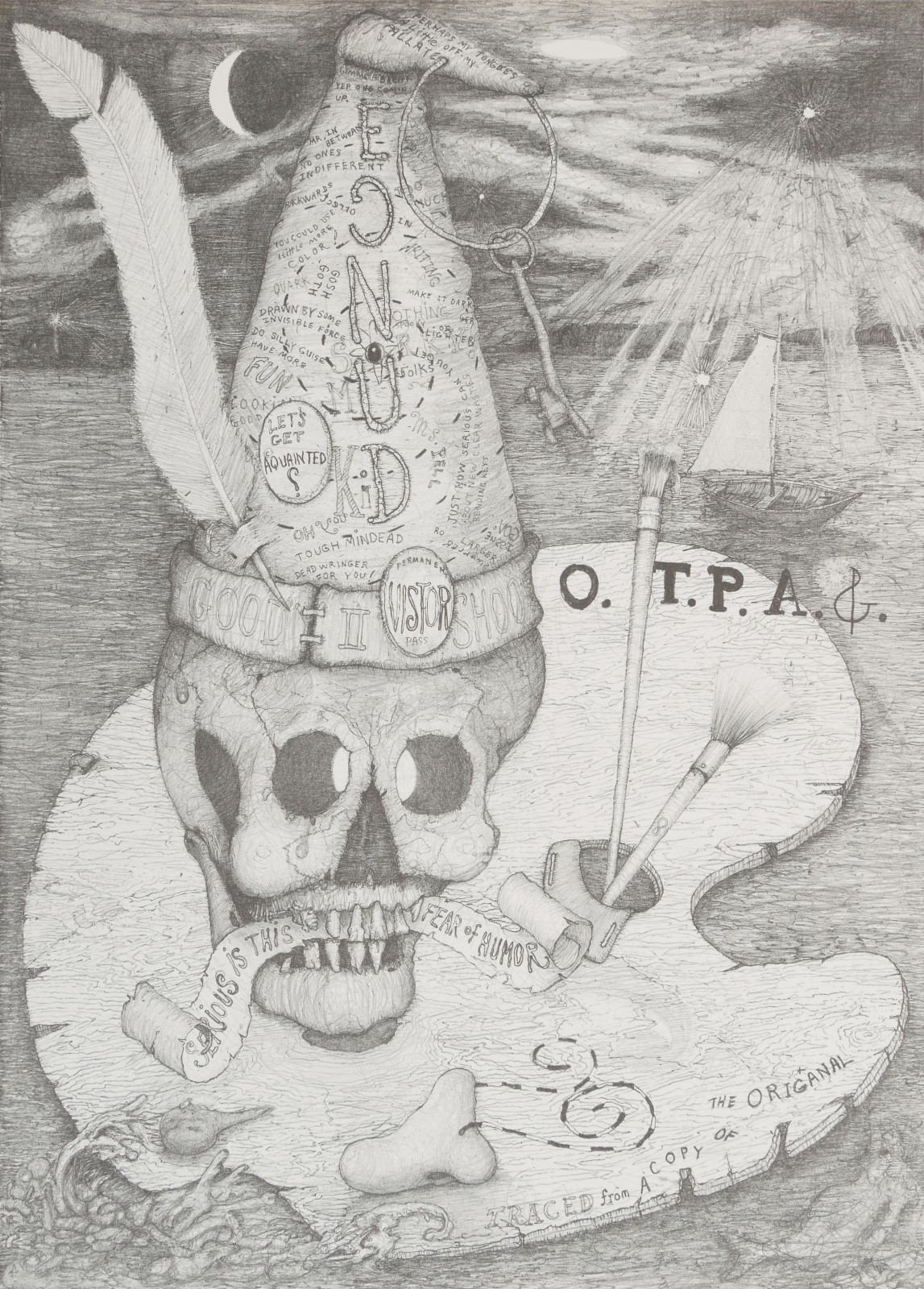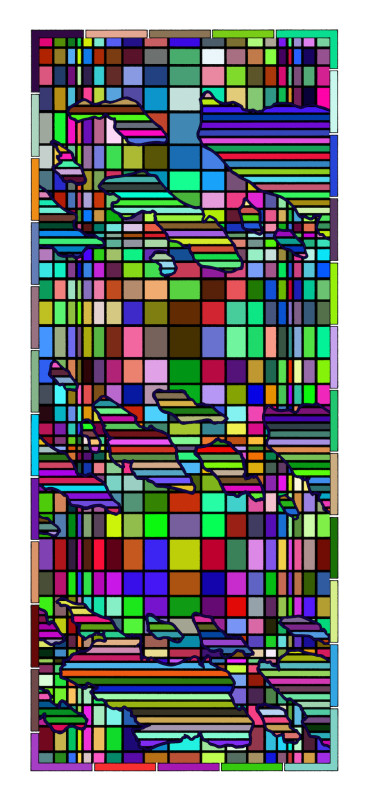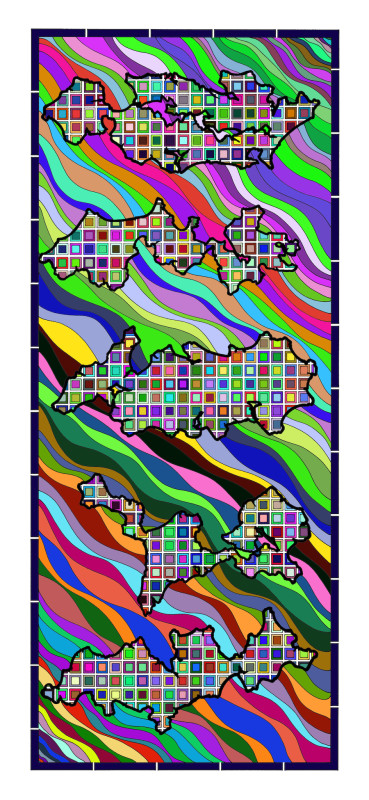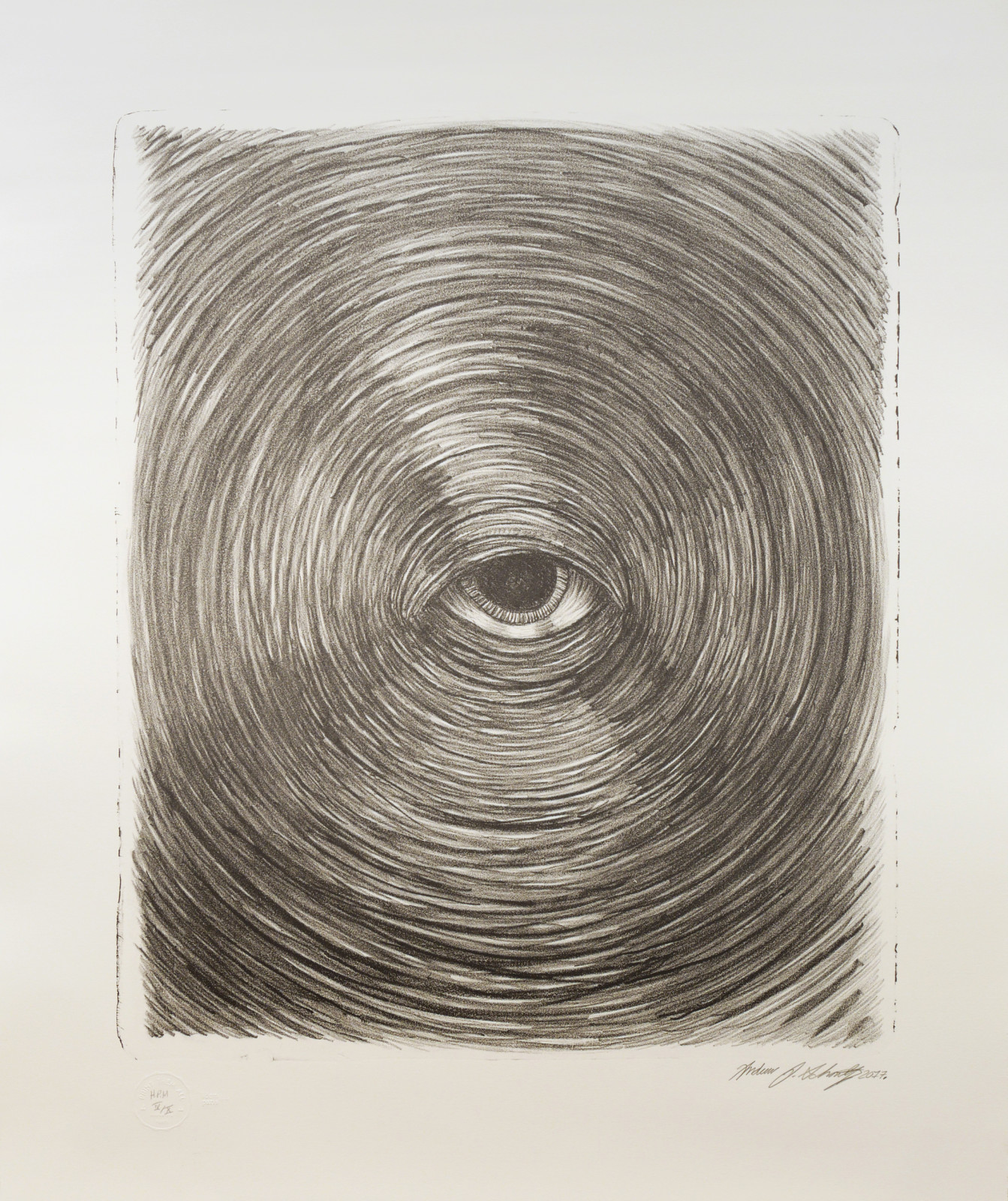Issue no. 15
A Treasure Hunt
|
|
The job of any artist working within the public sphere is to absorb the essence of that public space and make it known. The resulting gestures act as identifiers of the very place itself — of its history and its people.
Join us in a Treasure Hunt for our artists' thoughtful reflections of the city we know and love — San Francisco.
|
|
|
Julie W. Chang, Maiden's Dress, 2019, acrylic on CMU blocks;
San Francisco Arts Commission, Willie Woo Woo Wong Playground, San Francisco, CA |
|
|
Drawing from the rich cultural heritage of San Francisco’s Chinatown, the design for Julie W. Chang's Maiden's Dress begins with a foundation of classic Chinese symbols. A red knot symbolizes good fortune, while the abstracted lines of bamboo signify integrity and resilience. Inspired by The Chieh Tzu Yuan Hua Chuan or The Mustard Seed Garden Manual of Painting, the peony is expressed simply as a study in brushwork and signifies abundance and honor. Using the original grid of concrete blocks as a loom, elements are woven throughout, creating moments of intersection that shift in color and reveal smaller more intimate patterns and shapes.
|
|
|
Willie Woo Woo Wong Playground
830 Sacramento Street, San Francisco, CA
|
|
|
For this project, Chang worked with students in the Art Intensive program at Stanford University. Click the link below to watch the mural in process and hear from the students who helped in its production. |
|
|
Julie W. Chang, Secret Garden, 2018, terrazzo floor, 23,000 square feet |
|
|
Julie W. Chang's 23,000-square-foot terrazzo floor at the Salesforce Transit Center integrates icons and patterns that draw from the rich tapestry of people and cultures across the Bay Area. Motifs include flower-like circular rings from an Indian sari; cloud-like curves inspired by Chinese embroidery; Japanese crests; diamonds and chevrons found in a variety of sources including African textiles and Grecian pottery, and star and cross shapes from Islamic tiles. Throughout the design, symbols migrate, cross boundaries and become transformed by encounters with other forms — celebrating and reflecting the diversity of people and cultures that call San Francisco home.
|
|
|
Salesforce Transit Center
425 Mission Street, San Francisco, CA
|
|
|
William T. Wiley, Void, 1997, acrylic on canvas, 144 x 312 inches;
Courtesy of the San Francisco Arts Commission |
|
|
Known for his humorous use of puns and parody, William T. Wiley’s work defined the nucleus of the Bay Area Funk movement in the 1960s. Wiley says of his work during this time: “It suddenly became clear to me that art was what I’d heard on the radio that day, or something I saw outside. Suddenly, anything was potential.” |
|
|
San Francisco International Airport
Boarding Area F — Level 2
|
|
|
Lordy Rodriguez, Strangerhood, 2014, digital prints on aluminum plates;
Courtesy of the San Francisco Arts Commission
|
|
|
Using the language of cartography, Lordy Rodriguez' Strangerhood features maps depicting six iconic San Francisco neighborhoods reimagined as independent countries. Strangerhood focuses on Chinatown, North Beach, The Mission, The Castro, Haight-Ashbury, and Fisherman’s Wharf, neighborhoods chosen because of their strong cultural identities and tourism economies. |
|
|
San Francisco International Airport
Baggage Claim
|
|
|
Andrew Schoultz, Meet in the Middle, 2013 |
|
|
"At a certain point, my aspirations for public art shifted. I wanted to make things that were aesthetically a little different but that were always informed by the streets on some level. There's a responsible way to make sanctioned public art. You’re going into someone’s community and you’re painting this giant image. I’ve always tried to figure out what’s going on in the environments I was painting in. What's important in that community? Who lives there? Who has to look at this every day? "In the Mission, I was trying to address the different laws that were being passed that were making gentrification easier, and the different social dynamics of rich and poor. Maybe depicting certain individuals that were huge assets to the community or had done great things. I always try to figure out the very local things that went on in any particular location." — Andrew Schoultz
|
|
|
24th and York Street Mini Park
San Francisco, CA
|
|
|
Jim Campbell, Fragmented Windows, 2019 |
|
|
"For this project, I worked with the Tenderloin Neighborhood Development Corporation and Mithun Architects to install a piece in a low-income housing project on Mission Street. I'm also working on a piece five blocks away in Salesforce Plaza. It was interesting to think about imagery for these two points, both on Mission Street — one work is at one of the poorest spots in the city and the other at the richest. "The thought for this work was to create a dreamlike space. The imagery is of swirling, colorful water with figures swimming in it. At night the figures are shadowy, and during the day, they are light and incandescent." — Jim Campbell
|
|
|
1036 Mission Street, San Francisco, CA |
|
|
Jim Campbell, Day for Night, 2018 - present; featuring Dance of Dreams
directed by Benjamin Millepeid for the San Francisco Ballet; Courtesy of Boston Properties
|
|
|
In collaboration with the San Francisco Ballet, Jim Campbell will project video clips of the company's newest project, Dance of Dreams, atop the Salesforce Tower on Friday, August 14 and Saturday, August 15. “ Dance of Dreams is a moment of dancing, a moment of reconnecting dancers to the city and the thing they love most. Here in San Francisco, we’re still sheltering in place and I wanted to explore new work under these circumstances. Dance of Dreams celebrates San Francisco, while giving our dancers the freedom to move outdoors in some of the most beautiful landscapes in the Bay Area, and with choreography by some of the finest choreographers of our time." — Helgi Tomasson, San Francisco Ballet Artistic Director |
|
|
Salesforce Tower
415 Mission Street, San Francisco, CA
|
|
|
Tim Hawkinson: Tantric Drip Drawings installation view |
|
|
Tantric Drip Drawings
on view through August 29
|
|
|
The genesis of Tantric Drip Drawings occurred about 10 years ago when Tim Hawkinson began experimenting with a hypodermic needle to create additional drips on an ink wash drawing he was making at the time. He became interested in the way the drips could intersect and create an impression of cross hatching. |
|
|
Tim Hawkinson, Dragon, 2007 |
|
|
But it wasn’t until a decade later when Hawkinson conceived of the drawing, Hybrid (illustrating a fantastical building combining a waterwheel, windmill and lighthouse) that the artist felt compelled to implement this technique.
He developed the rudimentary hypodermic needle into a more sophisticated ergonomically styled drawing tool including gravity assisted ink reservoir, motorized drip terminator (think dentist’s suction) and rotating panel on which to work. You could say that one inroad to this “drawing practice” came from Hawkinson’s history of tool making. But on another level, as in so much of his other work, there can be found the element of potential chaos lying just under the surface as wayward rivulets of ink threaten to override their boundaries and are corralled back into the frame.
|
|
|
Tim Hawkinson, Hybrid, 2019 |
|
|
Using the same process, Hawkinson went on to make the illustrations for Arion Press’s 200th anniversary publication of Mary Shelley’s Frankenstein. When reduced and printed for the limited edition letterpress books, the drawings appear to take on an etching-like quality.
|
|
|
Tim Hawkinson, Filtrim, 2020, India ink on Yupo paper, 68 x 56 inches
|
|
|
In his Tantric Drip Drawings, Hawkinson trades the romantic imagery of these earlier projects for the most elemental of forms. The circle, reduced to points on a compass, serves as the framework in which he isolates and focuses on line. These tiny pools of ink stretched by gravity into narrow streams layed down side by side or at angles, collectively become gradients describing arcs, voids, bulges and clefts. The form is divided, quartered, inverted and re-combined to become more complex and as the drawings grow larger, primitive forms emerge as the viewer’s pareidolia introduces figures and faces. This singular, year long project finds common ground in some of Hawkinson’s large scale and immersive installations such as Überorgan.
|
|
|
Tim Hawkinson, Überorgan, 2000, installed at MASS MoCA; Photo by Doug Bartow; Courtesy of MASS MoCA |
|
|
To view "Tim Hawkinson: Tantric Drip Drawings" in person, please make an appointment for your visit. You will have 40 minutes to see the show privately. You may call the gallery or use our online calendar: calendly.com/hosfelt-gallery. |
|
|
Julie W. Chang, Untitled, 2020, acrylic on panel, 11 x 17 inches; $3,200
|
|
|
William T. Wiley, Spooky on the Line, from N.A.M.E. portfolio, 1979, lithograph on paper, sheet 30 x 22 inches; $1,550
|
|
|
Left: Lordy Rodriguez, Random 2.1, 2020, metallic pearl archival print on aluminum, 26 x 12 inches; $2,800
Right: Lordy Rodriguez, Random 1.1, 2020, metallic pearl archival print on aluminum, 26 x 12 inches; $2,800
|
|
|
Andrew Schoultz, Eye of Life, 2017, lithograph on paper, 30 x 25 inches; $950
|
|
|
Hosfelt Gallery is located at 260 Utah St, between 15th & 16th streets. Wheelchair accessible entrance at 255A Potrero Avenue. For more information call 415.495.5454 or visit hosfeltgallery.com. Open by appointment Monday through Saturday
To schedule an appointment, call the gallery or sign up online:
calendly.com/hosfelt-gallery
Hours: M, Tu, W, F, Sa 10-5:30, Th 11-7
Copyright © 2020 Hosfelt Gallery, All rights reserved.
|
|
|
|
|




